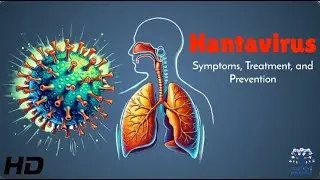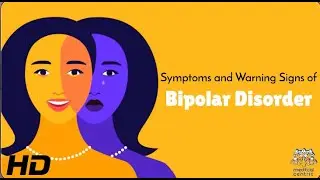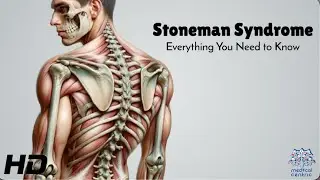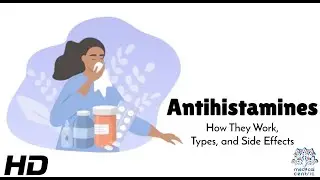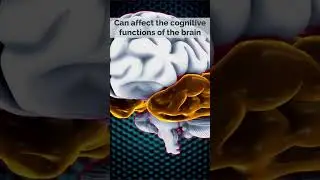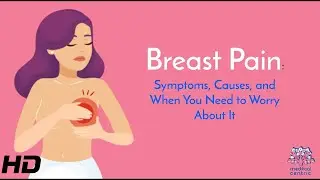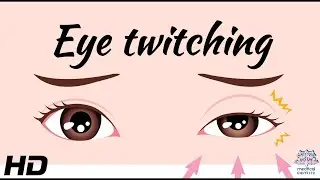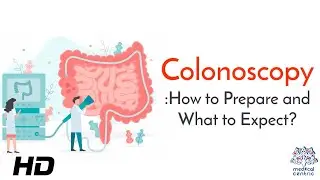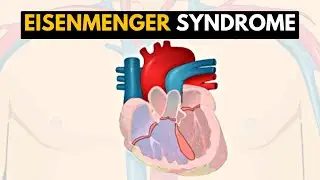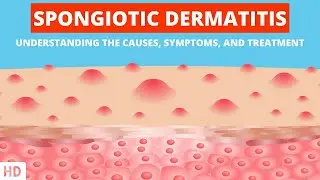Antihistamines: The Science Behind Them
Medical Centric Recommended : (Affiliate Links)
Thermometer ➝ https://amzn.to/48etrFS
Blood pressure machine ➝ https://amzn.to/465qJkN
Oximeter ➝ https://amzn.to/465jKHO
Bandage wrap or medical tape ➝ https://amzn.to/465qYfH
Gauze rolls ➝ https://amzn.to/3PapHws
Sanitizer -. https://amzn.to/3Pgytcg
Alcohol prep pads ➝ https://amzn.to/3rmcAjI
Breast pump ➝ https://amzn.to/3LpggIl
Baby’s thermometer ➝ https://amzn.to/3LoZFEG
Toilet seats with handle ➝ https://amzn.to/465jTuQ
Walker/ handicap scooters ➝ https://amzn.to/44Mb4VW
Sticks ➝ https://amzn.to/3t0aO8n
Weight machine ➝ https://amzn.to/48hDcDa
Ice packs ➝ https://amzn.to/3LoJJlT
Splint ➝ https://amzn.to/3EBh0GL
Waterproof bed pads ➝ https://amzn.to/3Rm5qGN
Stethescope ➝ https://amzn.to/3Rlxev3
Pill organizer ➝ https://amzn.to/3PCwdgV
Massage chair or massage related products ➝ https://amzn.to/3rcrsRS
Compression socks ➝ https://amzn.to/465r8DP
Knee brace/stabilizers ➝ https://amzn.to/45Qk1ii
______________________________________________________________
Antihistamines are commonly used to relieve symptoms of allergies, but have you ever wondered how they actually work? In this video, we explore Antihistamines: How They Work, Types, and Side Effects, breaking down everything you need to know about these widely used medications.
How Antihistamines Work
Antihistamines work by blocking the action of histamine, a chemical in the body that is released during allergic reactions. When histamine binds to its receptors, it causes symptoms like itching, sneezing, and runny nose. By blocking these receptors, antihistamines prevent histamine from causing these uncomfortable symptoms, providing relief from allergies and other related conditions.
Types of Antihistamines
There are two main types of antihistamines: first-generation and second-generation. First-generation antihistamines, such as diphenhydramine (Benadryl), are known for their sedative effects, making them effective but often causing drowsiness. Second-generation antihistamines, like cetirizine (Zyrtec) and loratadine (Claritin), are newer options that are less likely to cause drowsiness, making them more suitable for daytime use.
Common Uses of Antihistamines
While antihistamines are most commonly used to treat allergies, they can also be effective for other conditions such as motion sickness, insomnia, and even cold symptoms. Some antihistamines are also used in combination with other medications to treat more severe allergic reactions, such as anaphylaxis.
Potential Side Effects
Like all medications, antihistamines come with potential side effects. First-generation antihistamines can cause drowsiness, dry mouth, blurred vision, and difficulty urinating. Second-generation antihistamines, while generally safer, can still cause side effects like headache, dry mouth, and sometimes dizziness. It's important to use antihistamines as directed and to be aware of how your body reacts to them.
Choosing the Right Antihistamine
Choosing the right antihistamine depends on your specific symptoms and how your body responds to the medication. It's always a good idea to consult with a healthcare provider to determine which type is best for your needs and to discuss any potential risks, especially if you have underlying health conditions or are taking other medications.
In this video, we’ll take a closer look at how antihistamines work, the different types available, and the side effects you should be aware of. Whether you're dealing with seasonal allergies, chronic hives, or just want to understand these medications better, this video provides all the essential information you need to make informed decisions about using antihistamines.

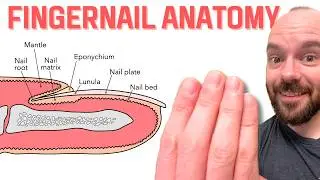




![[ ROYALTY FREE MUSIC ] Dead Tubes Foundation - Seagull](https://pics.providosiki.ru/watch/vc5YD2FQq5I)

